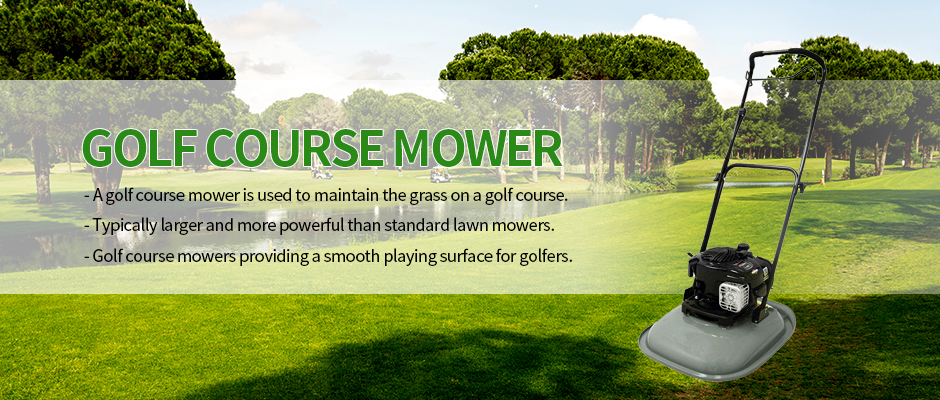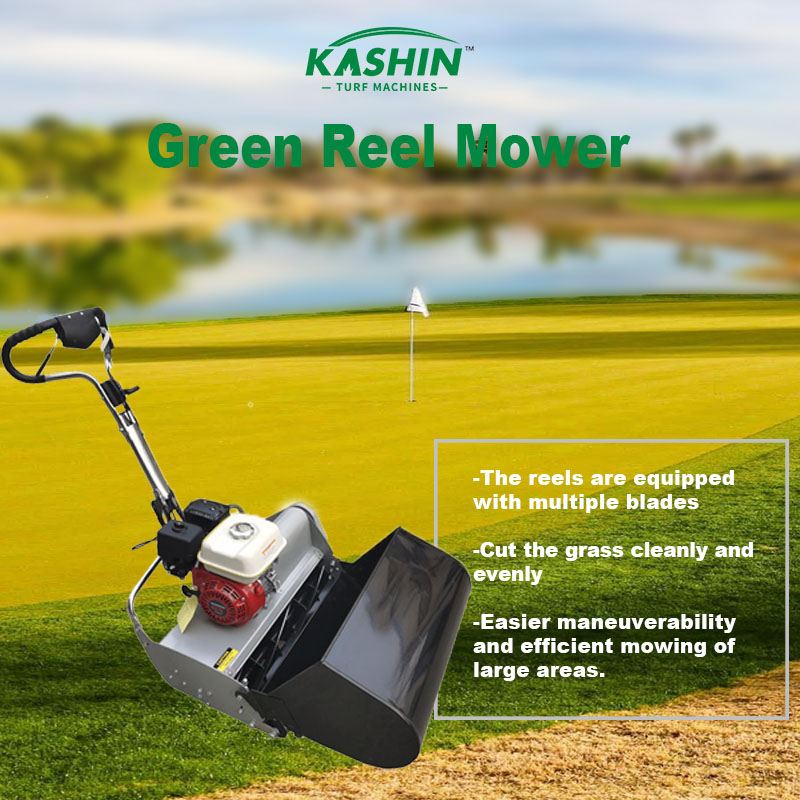Lawn maintenance and management is a job that seems simple but is actually highly technical. It does not mean that you can water, fertilize, mow, etc. to maintain and manage your lawn well. Many people have some misunderstandings in the maintenance and management process. Based on many years of maintenance and management experience, the common maintenance and management misunderstandings in cool-season lawn maintenance and management are summarized as follows:
1. One-sided emphasis on the role of water on lawn growth, while ignoring the control of irrigation time and irrigation amount.
Irrigation is to regulate soil moisture and meet the lawn’s demand for water. It is one of the important measures to improve the quality of lawns. For lawns to grow well, normal irrigation is very necessary. Without irrigation, it is impossible to obtain high-quality lawns. Water is the most critical factor that determines the growth of cool-season lawns, but more water is not better. The amount of watering should be determined according to the needs of the lawn. Watering too much will make the root system of the lawn shallower, thereby weakening the lawn. Reduce the resistance of the lawn; at the same time, you should also pay attention to the time of watering when watering. For example, avoid high temperature periods in summer to prevent high temperature and high humidity conditions from occurring at the same time and cause large-scale occurrence of lawn diseases; and avoid morning and evening in spring, autumn and winter. During the low-temperature period, the main purpose in spring and autumn is to prevent the decrease in ground temperature from affecting the normal growth of the lawn. In winter, the main purpose is to prevent the occurrence of “ice cover” which will affect the overwintering of the lawn.
2. One-sided emphasis on the role of fertilizers on lawn growth, while ignoring the time, amount and type of fertilization.
Fertilizer is the “food” of the lawn and the material basis for the normal growth of lawn plants. The growth of the lawn requires a sufficient supply of fertilizers in a reasonable proportion at the right time, so that its nutritional needs are synchronized with its growth. Only in this way can the proper growth rate of the lawn be maintained and a dense, uniform, dark green lawn be obtained, which improves the quality of the lawn. The lawn’s resistance to weeds, pests and diseases. The amount and type of fertilizer should be determined according to the growth status and season of the lawn. The lawn should be diagnosed before fertilization, and formula fertilization should be carried out based on the diagnosis results. For example, in summer, less or no nitrogen fertilizer should be applied, and slow growth with high phosphorus and potassium content should be used. Mainly effective fertilizer.
3. One-sided emphasis on the treatment of lawn diseases and insect pests, while neglecting the prevention of plant diseases and insect pests.
In the maintenance and management of lawns, most managers only treat diseases and insect pests when they discover them. It is often too late to take measures at this time. They can only control the spread and cannot fully recover, which affects the lawn. The viewing effect will also cause certain economic losses. The most effective maintenance and management of lawn diseases and insect pests should be based on prevention and comprehensive control, and the work of preventing and controlling diseases and insect pests is by no means limited to spraying pesticides. First of all, correct maintenance and management measures should be taken to cultivate a strong lawn and enhance the lawn’s own resistance. In addition, we should focus on prevention, strengthen prevention awareness, and integrate prevention work throughout the entire maintenance and management process. We must understand the occurrence patterns of major pests and diseases, clarify the triggering factors, eliminate the living environment of pathogenic bacteria and insect eggs, and adopt comprehensive prevention and control measures.
4. One-sided emphasis on the role of low mowing in promoting lawn ventilation and light transmission, while ignoring the growth characteristics of cool-season grass itself.
The purpose of lawn mowing is to keep the lawn tidy, beautiful and to fully utilize the lawn’s lawn functions. Pruning provides moderate stimulation to the lawn grass, which can inhibit its upward growth, promote the growth of stolons and increase the density of branches, and also help improve the ventilation and light transmission function of the grass layer, so that the lawn can grow healthily. Therefore, pruning is an important part of lawn maintenance and management. important content. In order to increase the ventilation and light transmission of the lawn, mowing it too low or cutting it to the standard height due to poor management will cause the lawn to lose too much nutrients on the ground, affect the photosynthesis and other metabolism of the lawn, and the lawn will grow rapidly. Weakened, slow growth, and sharp decline in adaptability to the environment, creating favorable conditions for the occurrence of various diseases, and are extremely susceptible to infection by various bacterial and fungal diseases, resulting in large-scale disease occurrence.
The appropriate stubble height of turf grass should be determined according to the physiological and morphological characteristics of turf grass and the purpose of use, and on the principle of not affecting the normal growth, development and function of the lawn. Generally, the stubble of lawn grass is about 5 cm. The stubble of partially shaded and severely damaged lawns should be higher. The last pruning before summer and winter should be appropriately higher.
. One-sided emphasis on maintenance and management during the growing season, while neglecting maintenance and management during the dormant season.
Managers pay enough attention to maintenance and management in spring, summer and autumn of the year, but maintenance and management in winter are often the most neglected. This often leads to low greening rate, late greening time, and varying degrees of lawn greening in the coming year. freeze damage and drought deaths, etc., so winter management is also a very important link, and maintenance managers should pay enough attention to it, especially the work of sealing frozen water before winter and replenishing frozen water in warm winter seasons.
Post time: Jun-19-2024


